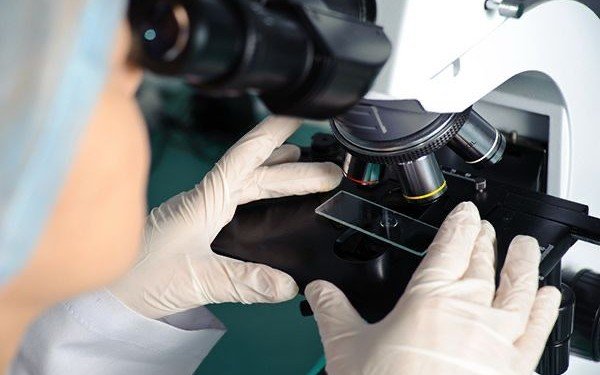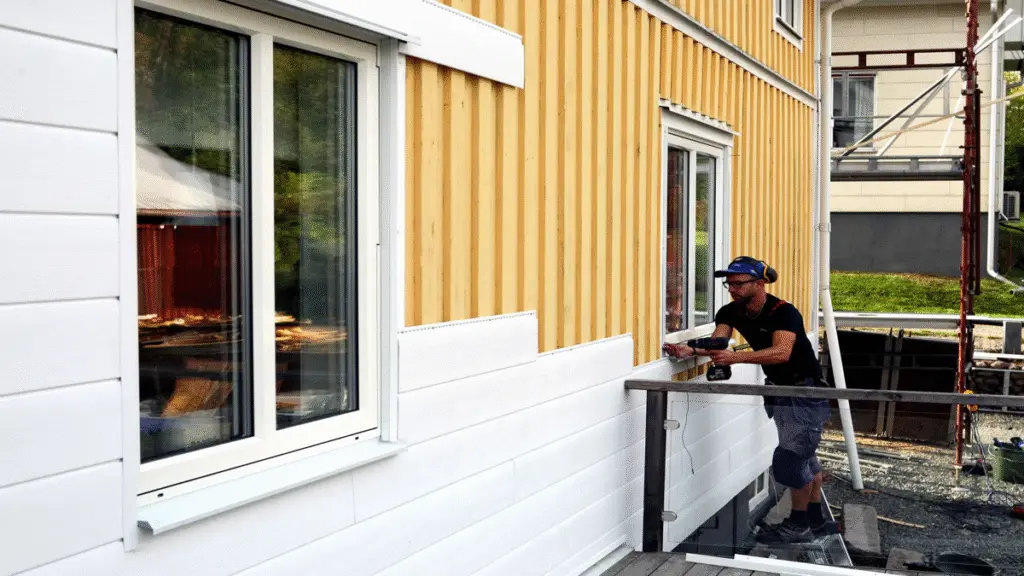
When should Asbestos Air Monitoring be performed in a building?
Asbestos was once widely used in construction materials for its fire resistance, durability, and insulation properties. However, over time, it became clear that asbestos fibers can pose serious health risks when they become airborne and are inhaled. This is where Asbestos Air Monitoring and professional Asbestos Testing Service providers play a crucial role. Understanding when to perform asbestos air monitoring is essential for maintaining a safe environment in residential, commercial, or industrial buildings.
What Is Asbestos Air Monitoring?
Asbestos Air Monitoring is the process of collecting and analyzing air samples to determine the presence and concentration of asbestos fibers in the air. These fibers are microscopic and can easily be inhaled if disturbed, potentially leading to diseases such as asbestosis, lung cancer, or mesothelioma. Monitoring ensures that asbestos levels remain below regulatory limits during any activity that could disturb asbestos-containing materials (ACMs).
A reputable company like Reliance Environmental, LLC uses advanced air sampling equipment and laboratory analysis to assess whether asbestos fibers are present in the indoor environment. This process is essential not only for safety compliance but also for the peace of mind of building occupants.
When Should Asbestos Air Monitoring Be Conducted?
Air monitoring is not a one-time process. It is recommended at several critical stages throughout the life cycle of a building, especially when asbestos-containing materials are present or suspected.
1. Before Renovation or Demolition
Any renovation, demolition, or remodeling project that involves disturbing building materials should begin with Asbestos Testing Service. Many older structures built before the 1980s contain asbestos in insulation, flooring, ceiling tiles, roofing, or wallboard compounds. Before starting work, asbestos air monitoring helps determine if fibers are already present in the air and provides baseline readings.
Conducting pre-work air monitoring ensures compliance with local and federal asbestos regulations and protects workers from unknowingly disturbing hazardous materials.
2. During Asbestos Removal or Abatement
The most critical time to perform Asbestos Air Monitoring is during asbestos abatement or removal work. When asbestos materials are handled, cut, or removed, they can release dangerous fibers into the air. Continuous air monitoring during these operations ensures that airborne concentrations remain below permissible exposure limits.
Professional monitoring by companies like Reliance Environmental, LLC provides real-time safety assurance. If asbestos levels exceed acceptable limits, immediate corrective measures can be taken, such as halting work, increasing ventilation, or improving containment systems.
3. After Asbestos Abatement
Once asbestos removal is completed, post-abatement air monitoring verifies that the area is safe for re-occupancy. Clearance air samples are taken inside and outside the containment area to confirm that asbestos levels are below regulatory limits. This process guarantees that no residual fibers remain and that the site is safe for occupants and workers to return.
Post-abatement clearance testing is often a legal requirement and must be documented before the containment barriers are removed.
4. During Routine Building Maintenance
Even if asbestos removal is not planned, Asbestos Air Monitoring can be necessary during routine building maintenance. Activities such as drilling, sanding, or repairing HVAC systems can unintentionally disturb asbestos-containing materials. Regular air monitoring ensures that maintenance staff and occupants are not exposed to invisible airborne fibers.
This proactive approach is especially important in schools, hospitals, and government buildings, where occupant safety is the top priority.
5. When There Are Visible Signs of Material Deterioration
Asbestos-containing materials that are damaged, friable (easily crumbled), or deteriorating over time can release fibers without any human disturbance. If ceiling tiles, insulation, or pipe lagging show visible wear, Asbestos Air Monitoring should be conducted immediately to assess airborne contamination. Early detection allows for remediation before the problem escalates into a health hazard.
6. After Natural Disasters or Structural Damage
Events such as fires, earthquakes, or floods can damage asbestos-containing materials, making them friable and releasing fibers into the air. Following such events, an Asbestos Testing Service should perform air monitoring to determine if asbestos levels have increased and whether cleanup workers need protective measures.
The Importance of Professional Asbestos Testing Service
Hiring a certified Asbestos Testing Service ensures that air monitoring is performed according to established safety and laboratory standards. Experts use high-efficiency pumps, filters, and microscopy techniques to accurately identify asbestos fibers. They also interpret the results and recommend safe and compliant actions for building owners.
Reliance Environmental, LLC specializes in comprehensive asbestos air monitoring and testing services, offering detailed reports that help clients stay compliant with OSHA, EPA, and state health regulations. Their trained professionals ensure each step—from initial inspection to clearance testing—is handled with precision and care.
Health and Legal Implications of Ignoring Air Monitoring
Neglecting asbestos monitoring can have serious health and legal consequences. Airborne asbestos fibers can linger for long periods, posing a continuous threat to anyone in the vicinity. Prolonged exposure increases the risk of chronic respiratory diseases and cancers. Moreover, failure to comply with asbestos regulations can result in hefty fines, project delays, or even building closures.
By performing Asbestos Air Monitoring at the appropriate stages, building owners demonstrate due diligence, protect public health, and ensure regulatory compliance.
Conclusion
Asbestos air monitoring is not merely a regulatory requirement—it is a crucial practice for ensuring safety in any building that contains or once contained asbestos materials. Whether before renovation, during abatement, or after a structural event, regular monitoring helps prevent exposure and guarantees a safe environment for workers and occupants alike.











